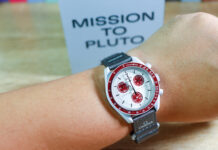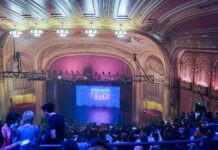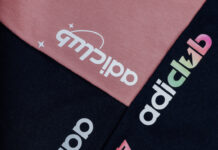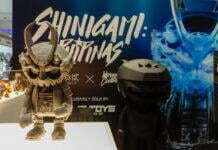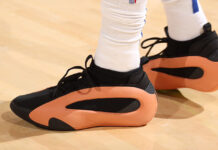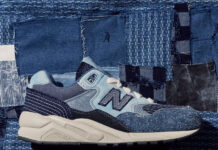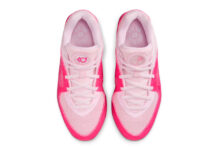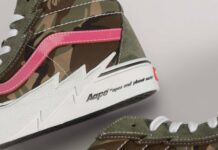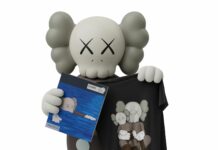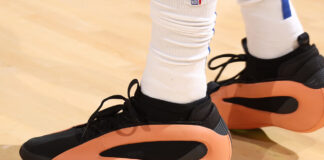If you compare the sneaker scene from a decade ago to now, a lot has changed. Social media has drastically changed the way we hype up sneakers, and resellers are more rampant than ever. In addition, fakes have drastically improved as well, so it’s hard to determine if a sneaker is authentic or not. This gave birth to sneaker authentication services, which play an important role in the scene.
To give you a perspective on how the counterfeit market has grown, Ox Street CEO and founder Gijs Verheijke shared that in the ASEAN region alone, the counterfeit goods market is worth $35.9 billion in 2018–and is definitely larger in 2022.
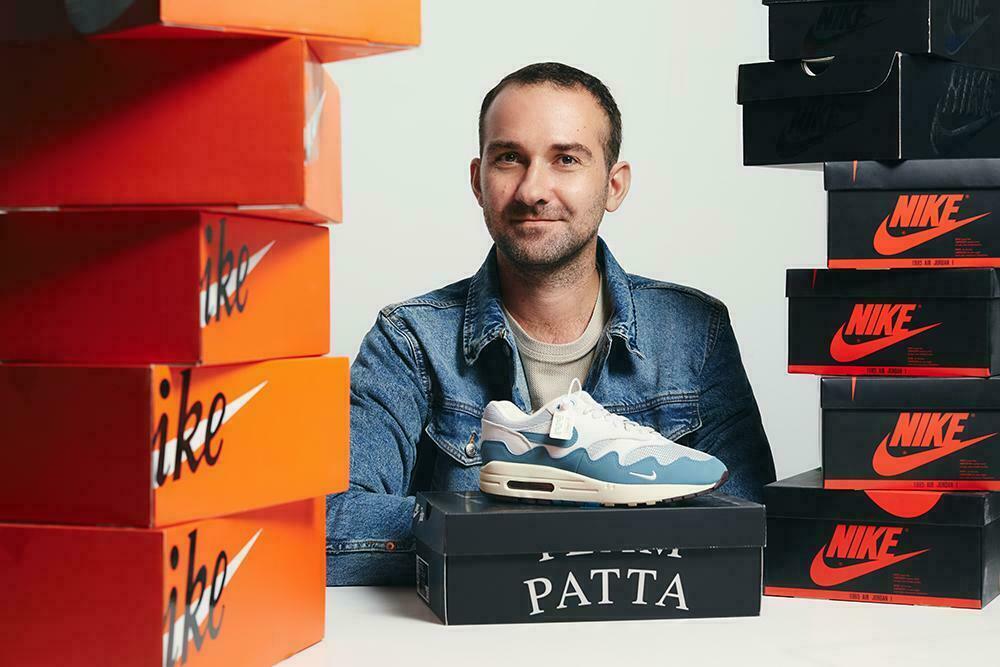
Fake sneakers are so good these days that Verheijke explained that when they asked people to pick the real pair in a side-by-side comparison with a high-end fake, around 40% of them got them wrong. What’s crazy with that fact is that even hardcore enthusiasts do get it wrong sometimes.
While the usual places to spot if a sneaker is fake or not is by checking the material, stitching, size label, and even the box, Verheijke goes as far as smelling the sneaker. While we may laugh at people smelling a fresh pair of sneakers, Verheijke explains that every brand has a unique smell. (Fun fact: sniffing sneakers is actually a job!)
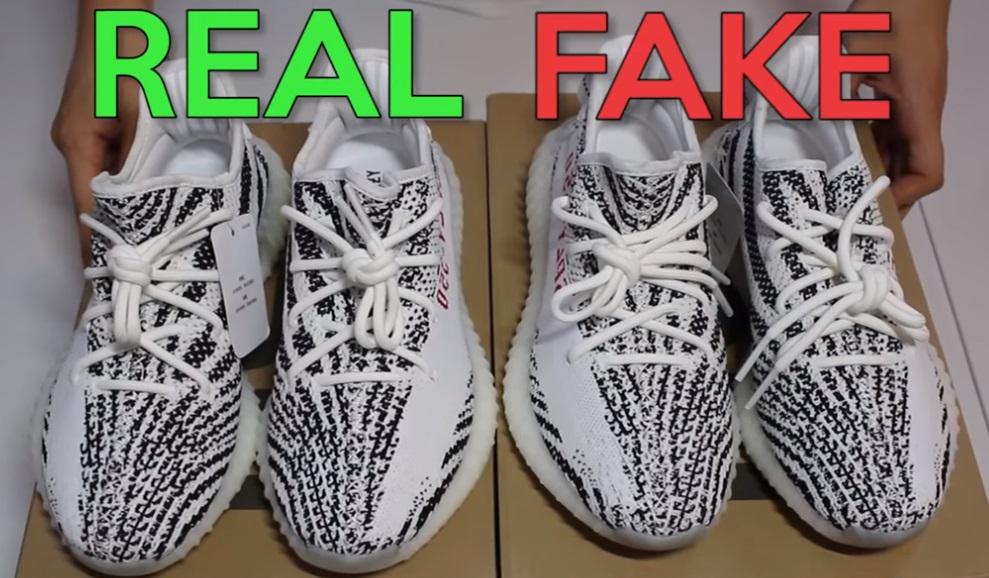
Based on their experience with sneaker authentication, Yeezys have a slightly sour smell, while most Nike models have a more glue-like smell. He points out that this is one of the few things counterfeiters could not replicate.
That being said, a lot of things have to be checked when authenticating sneakers, which is why it’s important to check all aspects of the sneaker–even smelling them–to ensure that you don’t end up with a fake pair.


